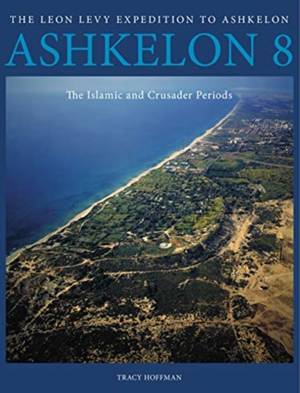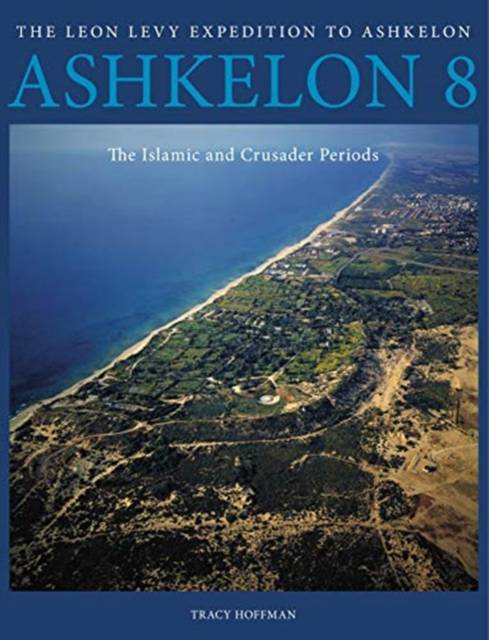
- Retrait gratuit dans votre magasin Club
- 7.000.000 titres dans notre catalogue
- Payer en toute sécurité
- Toujours un magasin près de chez vous
- Retrait gratuit dans votre magasin Club
- 7.000.0000 titres dans notre catalogue
- Payer en toute sécurité
- Toujours un magasin près de chez vous
Description
This eighth installment in the series of Final Reports of The Leon Levy Expedition to Ashkelon presents a synthetic study of the remains dating to the seventh through the twelfth centuries. Bringing together contributions from specialists on architecture, fortifications, ceramics, small finds, and organic remains, Ashkelon 8 opens a window onto everyday life during a period when Ashkelon was one of the most important cities in the southern Levant.
The first chapters survey the city's architecture and fortifications, including a detailed analysis of the history of Ashkelon's walls. The copiously illustrated chapters on ceramics cover both local and imported goods, including an unparalleled collection of Chinese ceramics. Essays on glass, metals, and coins shed light on the economy and trade practices, while the chapters on organic material provide valuable insight into the site and serve as a model for similar studies at Islamic- and Crusader-period sites throughout the Levant. Together these studies detail daily life, reconstruct vast trade networks, and illuminate cultural events previously known only from textual sources.
Based on thirty years of work in more than two dozen areas of excavation, Ashkelon 8 is an essential resource for scholars investigating the history and archaeology of the Islamic and Crusader periods in Ashkelon.
Spécifications
Parties prenantes
- Auteur(s) :
- Editeur:
Contenu
- Nombre de pages :
- 800
- Langue:
- Anglais
- Collection :
- Tome:
- n° 8
Caractéristiques
- EAN:
- 9781575067353
- Date de parution :
- 15-11-19
- Format:
- Livre relié
- Format numérique:
- Genaaid
- Dimensions :
- 226 mm x 284 mm
- Poids :
- 2798 g

Les avis
Nous publions uniquement les avis qui respectent les conditions requises. Consultez nos conditions pour les avis.






